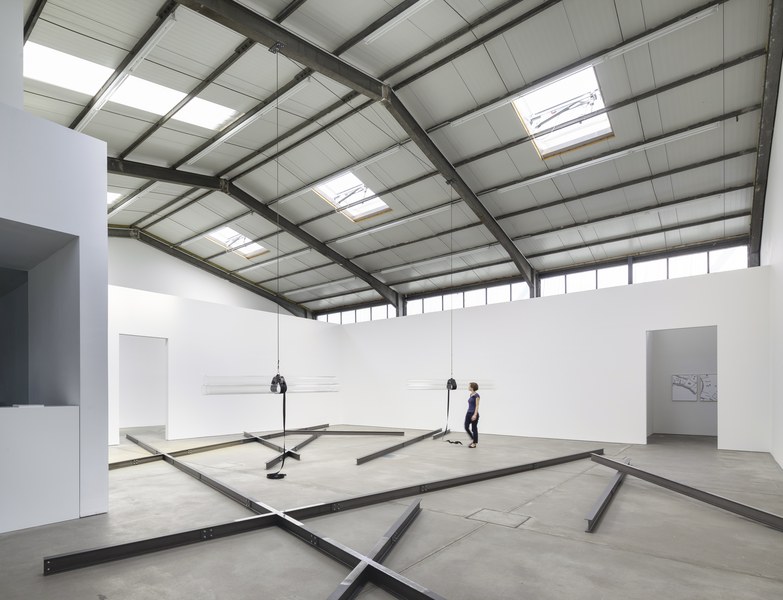Natalia Stachon – Awaiting Oblivion
September 1 – October 13, 2012
According to French writer and philosopher Maurice Blanchot, who published a widely acclaimed book with the title Awaiting Oblivion in 1962, every human action can be interpreted as a reaction to the two puzzling conceptual spaces described linguistically by way of concepts subsumed under the dictionary entries: waiting and forgetting. All creativity, especially artistic creativity, feeds on the defiant attempt to counter the significance of these two words. In a diffuse awareness that all life reality is essentially influenced by the apparently limiting and devastating effects of spaces of waiting and forgetting, the individual constantly develops counter-models, building or inventing in ways that can imagine an active and memorable being and exploring all available ways to escape the destructive forces of waiting and forgetting. For Blanchot, the key to activating the human will to act inheres in the constant reinterpretation of standstill and a fear of loss into vital events of beginnings, starting anew, and productive change.
This links Natalia Stachon with the conceptual world of Blanchot, for in her works she lingers in exactly these zones of reinterpretation, exploring the radical preliminary steps of a new beginning in her large-scale installations, the moments in which everything seems possible and the ideas of transformation and invention possess a degree of completion that only exists on the threshold of their possible realization. Everything is already complete and not yet even begun.
It is this sense of ambivalence that Natalia Stachon generates at her third solo show at Loock. The exhibition, combining sculptures and drawings, generates a spatial impact that is as definitive as it feels transformable and instable. For example, the two Plexiglas sculptures hanging from the ceiling of the hall (Drift) are in perfect balance with one another. They seem strong and massive, but at the same time deeply endangered in their materiality and static placement. It seems as if a light touch or minimal correction of the hanging position would be enough to change the sculpture irreparably. The sculpture Elude, too, a cart made of stainless steel balancing several Plexiglas pipes that tower above, generates a similar disturbing effect. But Elude is also characterized by an atmosphere of insecurity, perfection, and expectation, almost as if the space in which Stachon installed the work were both a coincidental location and final destination all in one. Something similar is true of the three large drawings with the title Neither. We see constructions in an incomplete state that seem to float in empty space almost without surroundings, abandoned projects that like relics of what was once a promise of reinterpretation and seeking new anchorage. An entirely different form of drawing forms the optical centerpiece of Natalia Stachon’s show at Loock. It is not on paper, but stretches across the entire floor of the large gallery space. Plot is Stachon’s title for a sculpture consisting of beams, some welded together, some unconnected, that develops to form a web of directions and delimitations. Plot seems like a floor plan or even the actual foundation of a structure in a preliminary state of execution. At the same time, however, Stachon’s sculpture appears like a graphic conceptual image, an incomplete idea consisting of countless crossing notions towards the reinterpretation of a previously unexplored area.
Natalia Stachon studied art and visual communication at Hochschule für bildende Künste in Hamburg (with Pia Stadtbäumer) and photography at Zurich’s Hochschule für Gestaltung und Kunst. Her work has been on view at: Museum Haus Konstruktiv/Zurich, Haus am Waldsee/Berlin, Tate Modern/London, X-Initiative/New York, Galeria Leme/Sao Paulo. Her work is also featured in prominent collections such as the Daimler Kunstsammlung Berlin/ Stuttgart, Sammlung Goetz/Munich, Stiftung für konstruktive, konkrete und konzeptuelle Kunst/Zurich, Sammlung der zeitgenössischen Kunst der Bundesrepublik Deutschland/Bonn, and the Menil Collection/Houston. Stachon lives and works in Berlin.
